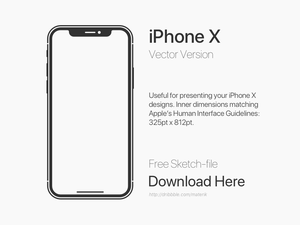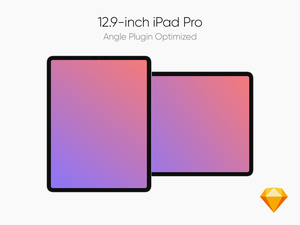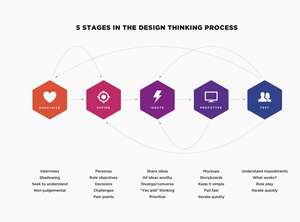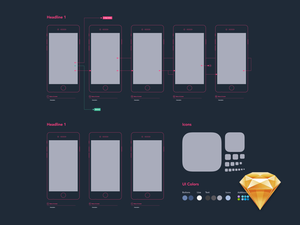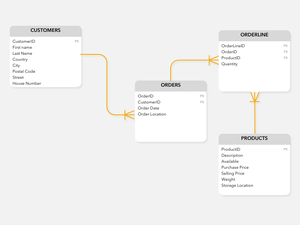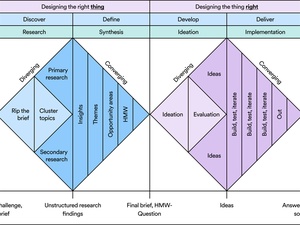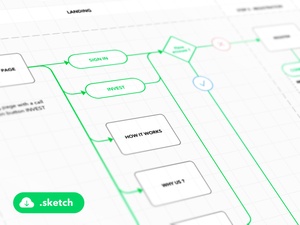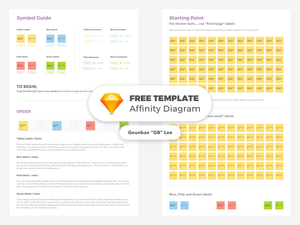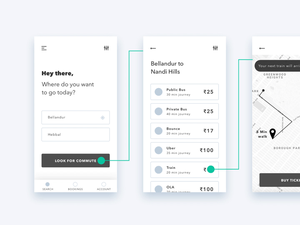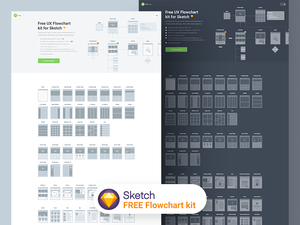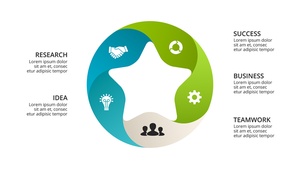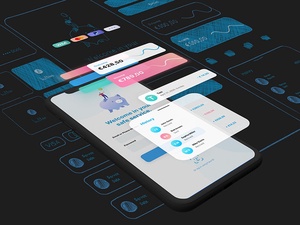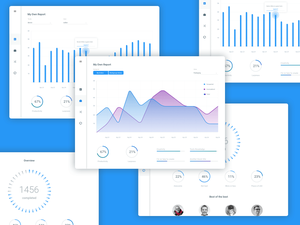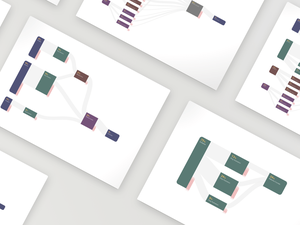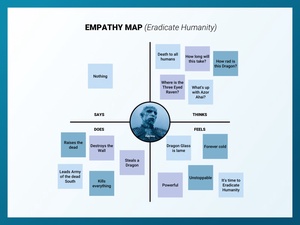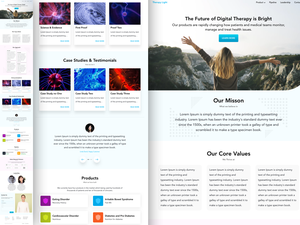Design Thinking Process Diagram
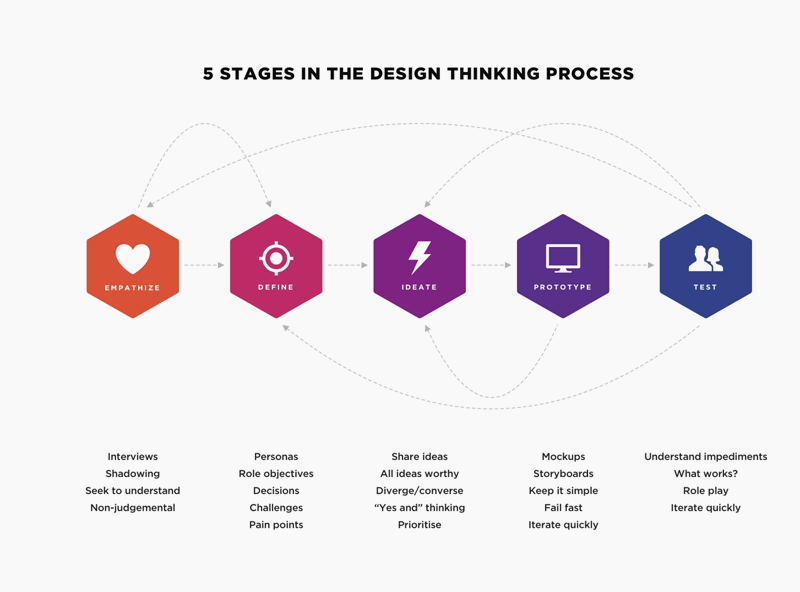
Design thinking is a powerful tool used by designers, engineers, business leaders, and innovators to solve complex problems. Its five stages – empathize, define, ideate, prototype, and test – provide a framework for problem solving. Rich McNabb’s Sketch freebie of the design thinking diagram displays these stages in a way that is both visually appealing and informative.
The first stage of design thinking, empathize, is all about understanding the problem and the people who need to be served. It involves researching the problem, gathering user feedback, and understanding the user’s needs and wants. This stage is the starting point of the process and is essential for developing solutions that meet the user’s needs.
The second stage, define, is all about distilling the complex problem into a simple and concise statement that can guide the rest of the design thinking process. This statement should be specific enough to provide a clear direction while still being flexible enough to allow for creative exploration.
The third stage, ideate, is all about generating ideas and solutions that address the user’s needs. Brainstorming, storyboarding, and concept mapping are all techniques used to generate ideas in this stage.
The fourth stage, prototype, is where the solutions generated in the ideation stage are tested and refined. Prototypes can range from low-fidelity paper sketches to high-fidelity digital models. This stage is key for discovering what works and what doesn’t.
Finally, the fifth stage, test, is all about testing the prototype with users and gathering feedback. This feedback can then be used to refine the prototype and ensure that the design meets the user’s needs.
Rich McNabb’s design thinking diagram is an invaluable tool for designers, engineers, business leaders, and innovators. It provides a visual representation of the five stages of the design thinking process and is an excellent resource for solving complex design problems.
 Design thinking is a powerful tool used by designers, engineers, business leaders, and innovators to solve complex problems. Its five stages – empathize, define, ideate, prototype, and test – provide a framework for problem solving. Rich McNabb’s Sketch freebie of the design thinking diagram displays these stages in a way that is both visually appealing and informative.
The first stage of design thinking, empathize, is all about understanding the problem and the people who need to be served. It involves researching the problem, gathering user feedback, and understanding the user’s needs and wants. This stage is the starting point of the process and is essential for developing solutions that meet the user’s needs.
The second stage, define, is all about distilling the complex problem into a simple and concise statement that can guide the rest of the design thinking process. This statement should be specific enough to provide a clear direction while still being flexible enough to allow for creative exploration.
The third stage, ideate, is all about generating ideas and solutions that address the user’s needs. Brainstorming, storyboarding, and concept mapping are all techniques used to generate ideas in this stage.
The fourth stage, prototype, is where the solutions generated in the ideation stage are tested and refined. Prototypes can range from low-fidelity paper sketches to high-fidelity digital models. This stage is key for discovering what works and what doesn’t.
Finally, the fifth stage, test, is all about testing the prototype with users and gathering feedback. This feedback can then be used to refine the prototype and ensure that the design meets the user’s needs.
Rich McNabb’s design thinking diagram is an invaluable tool for designers, engineers, business leaders, and innovators. It provides a visual representation of the five stages of the design thinking process and is an excellent resource for solving complex design problems.
Design thinking is a powerful tool used by designers, engineers, business leaders, and innovators to solve complex problems. Its five stages – empathize, define, ideate, prototype, and test – provide a framework for problem solving. Rich McNabb’s Sketch freebie of the design thinking diagram displays these stages in a way that is both visually appealing and informative.
The first stage of design thinking, empathize, is all about understanding the problem and the people who need to be served. It involves researching the problem, gathering user feedback, and understanding the user’s needs and wants. This stage is the starting point of the process and is essential for developing solutions that meet the user’s needs.
The second stage, define, is all about distilling the complex problem into a simple and concise statement that can guide the rest of the design thinking process. This statement should be specific enough to provide a clear direction while still being flexible enough to allow for creative exploration.
The third stage, ideate, is all about generating ideas and solutions that address the user’s needs. Brainstorming, storyboarding, and concept mapping are all techniques used to generate ideas in this stage.
The fourth stage, prototype, is where the solutions generated in the ideation stage are tested and refined. Prototypes can range from low-fidelity paper sketches to high-fidelity digital models. This stage is key for discovering what works and what doesn’t.
Finally, the fifth stage, test, is all about testing the prototype with users and gathering feedback. This feedback can then be used to refine the prototype and ensure that the design meets the user’s needs.
Rich McNabb’s design thinking diagram is an invaluable tool for designers, engineers, business leaders, and innovators. It provides a visual representation of the five stages of the design thinking process and is an excellent resource for solving complex design problems.








